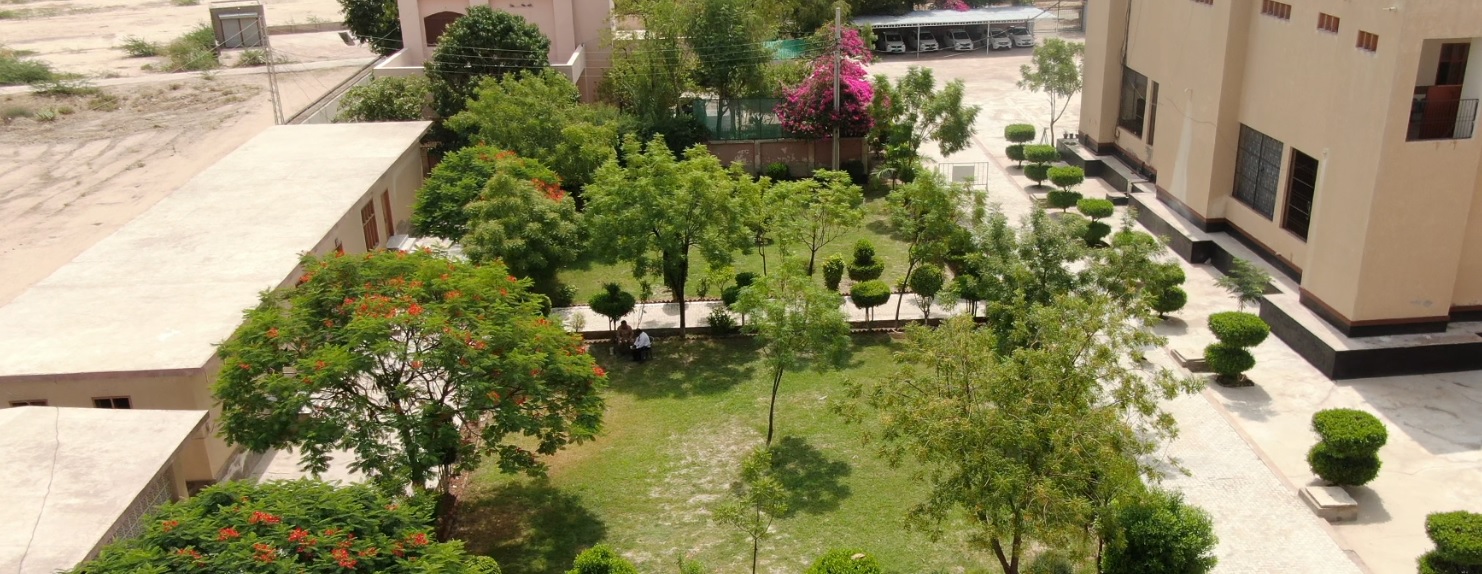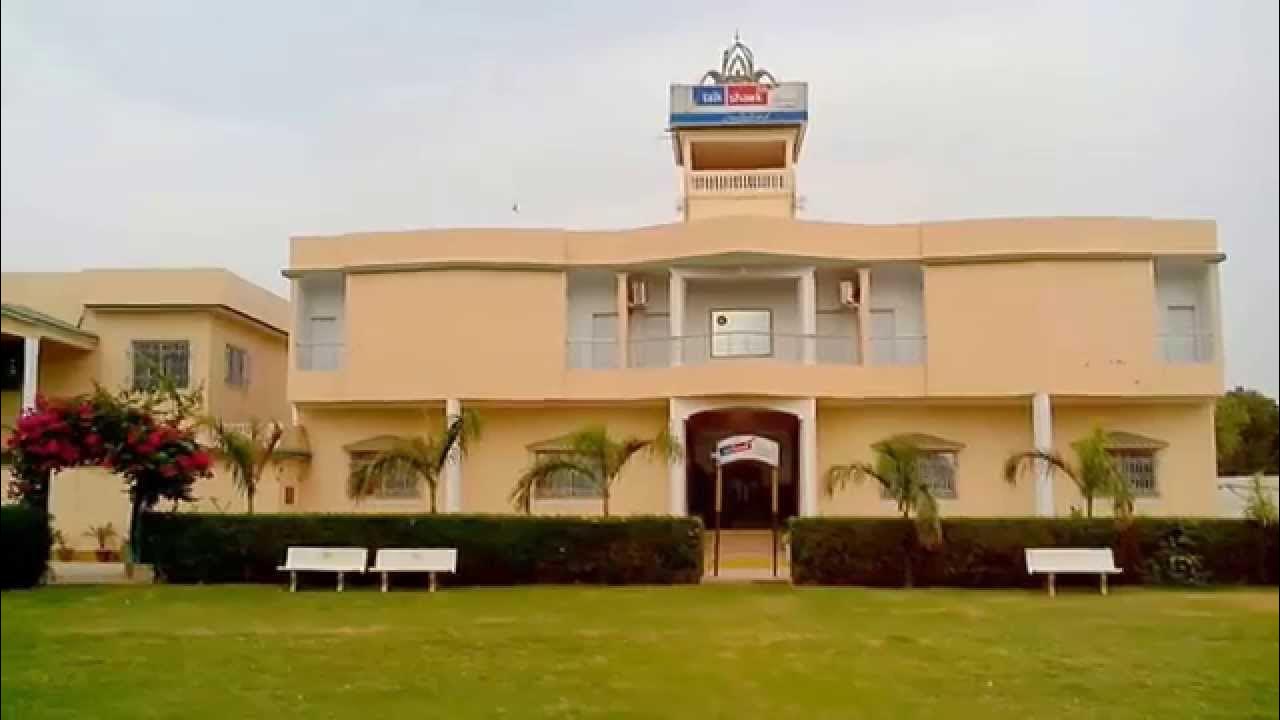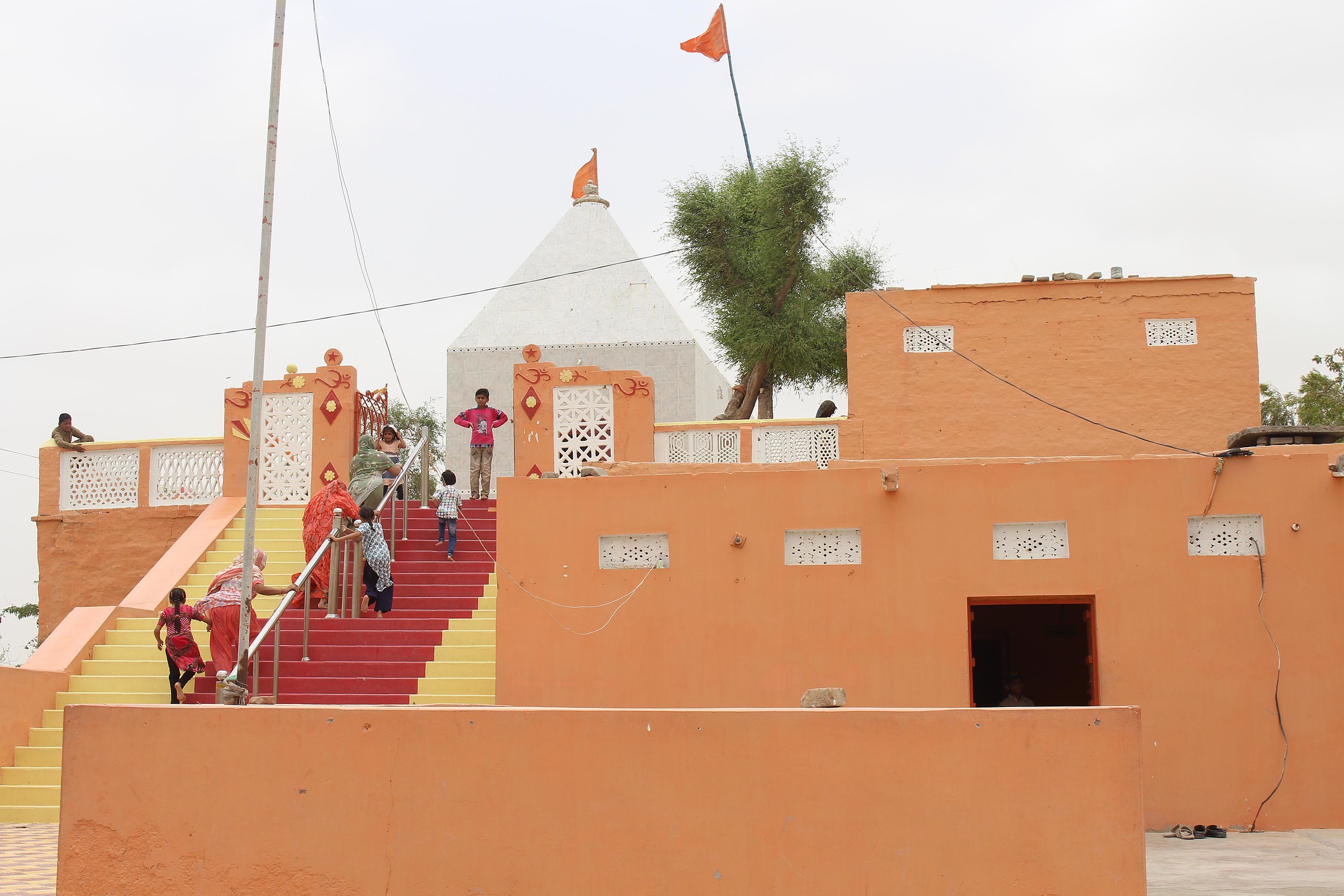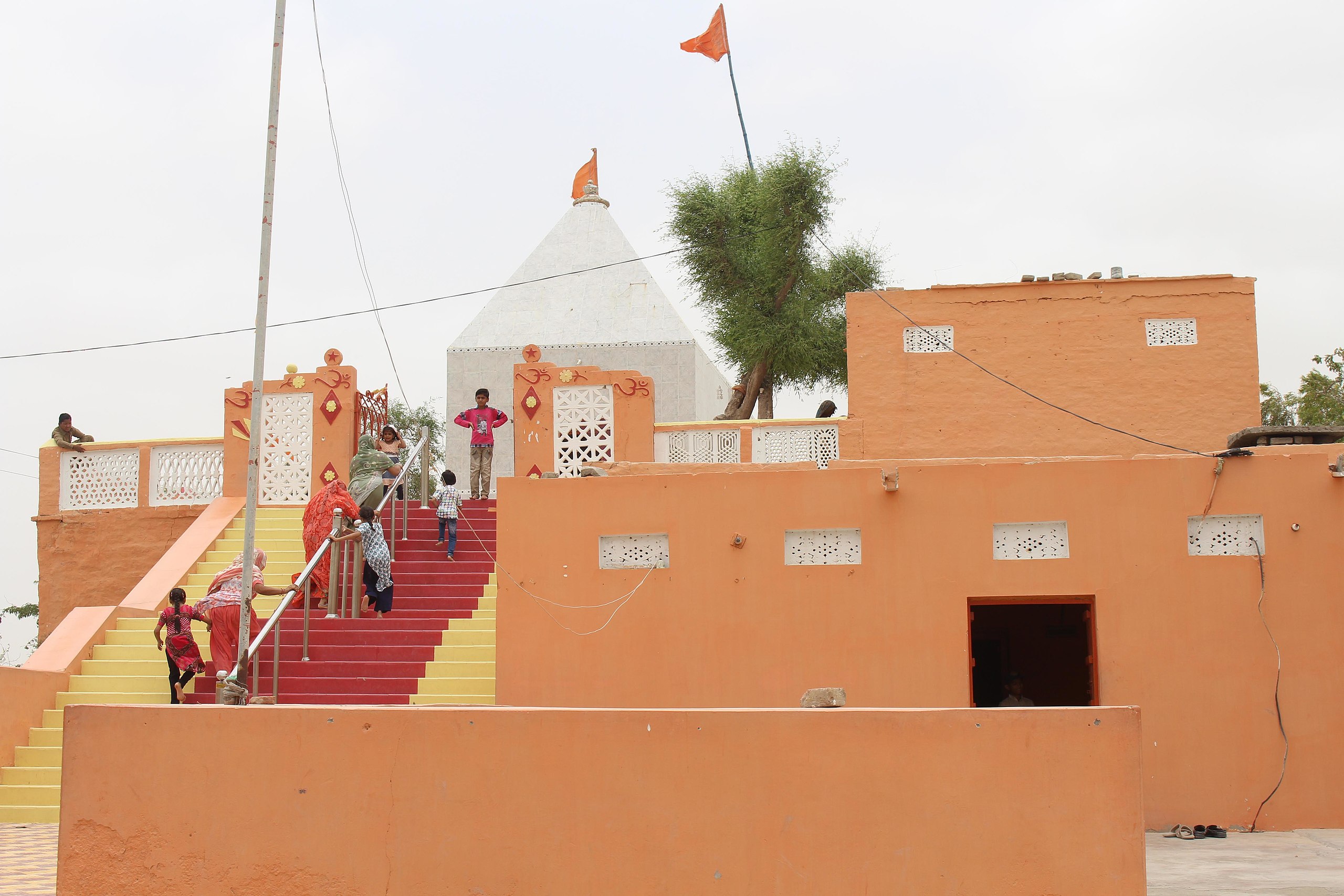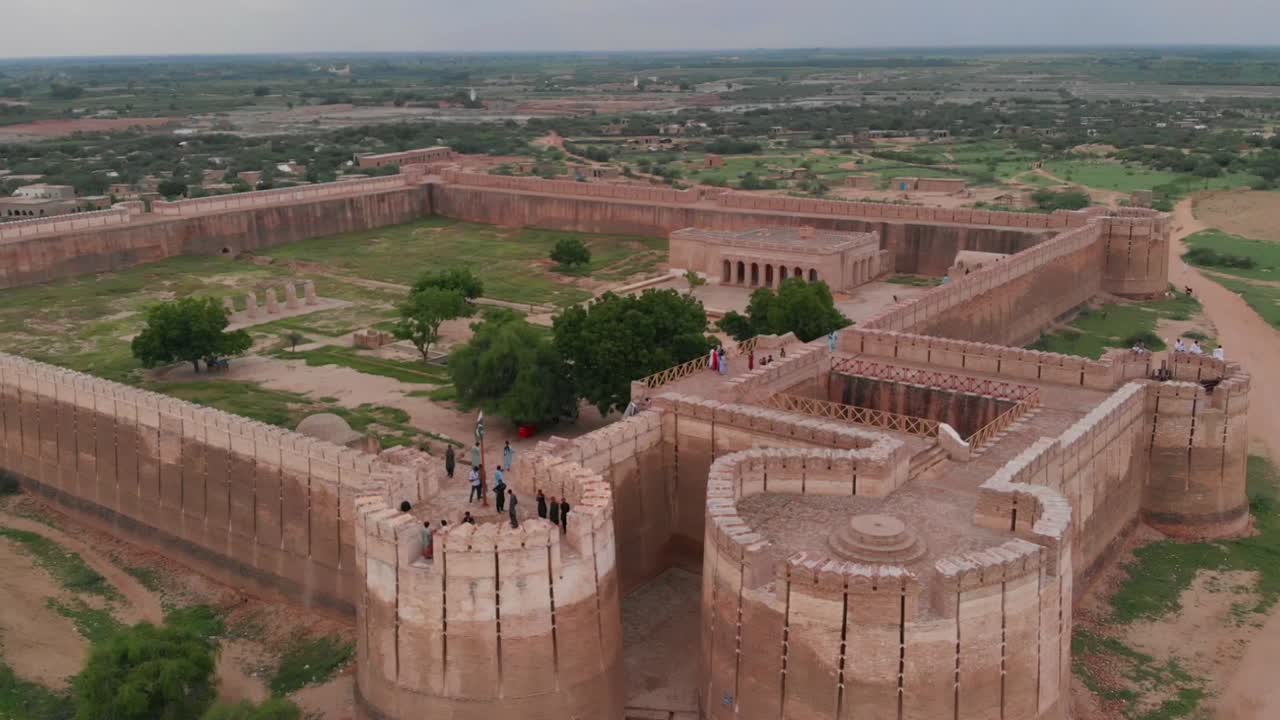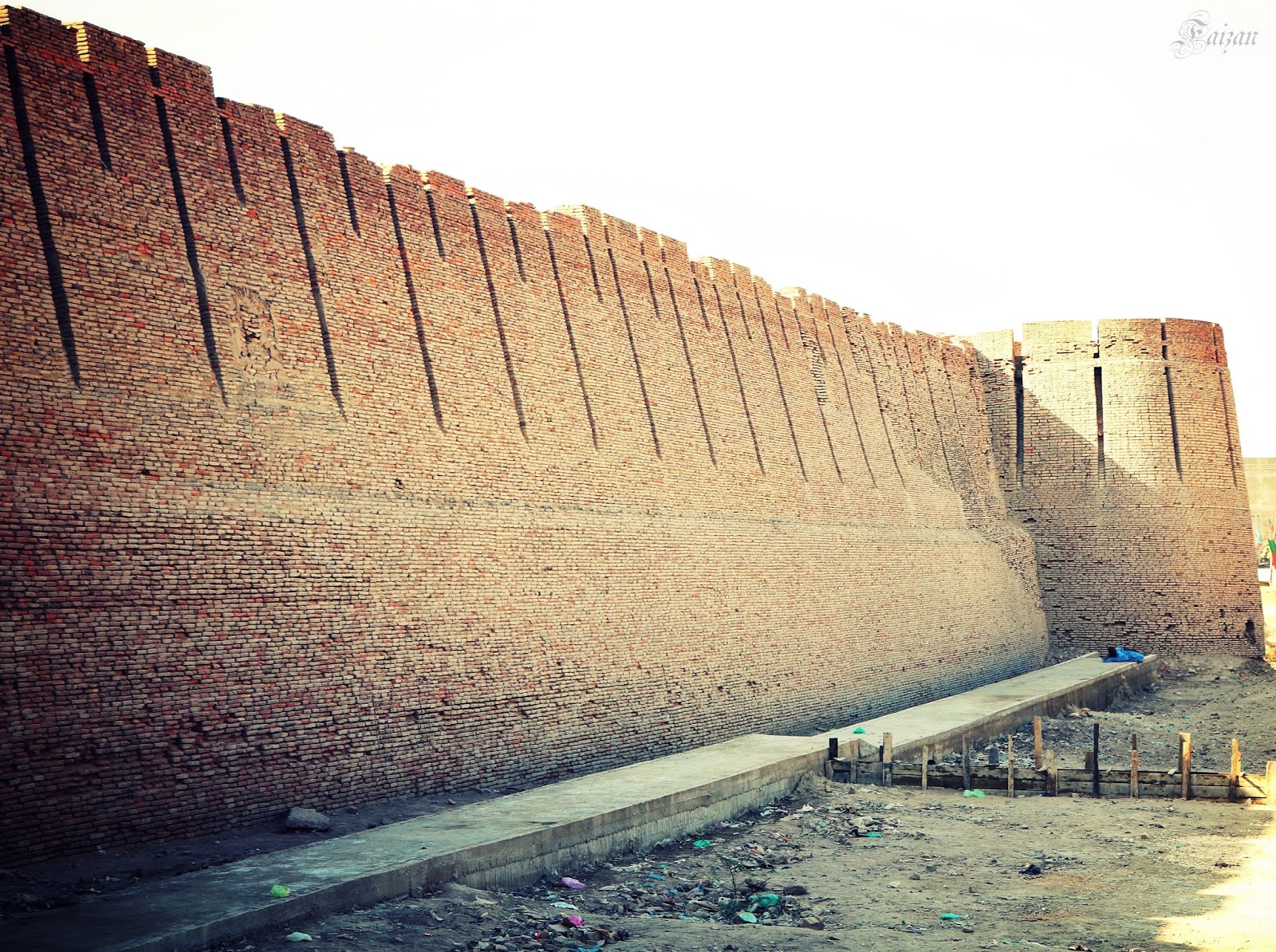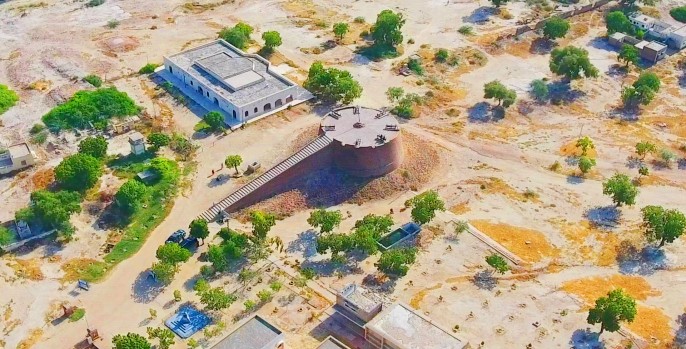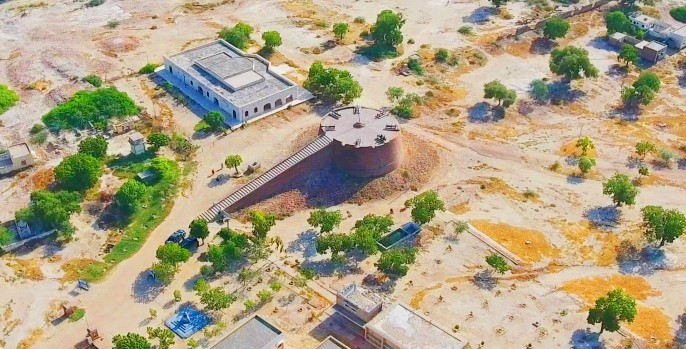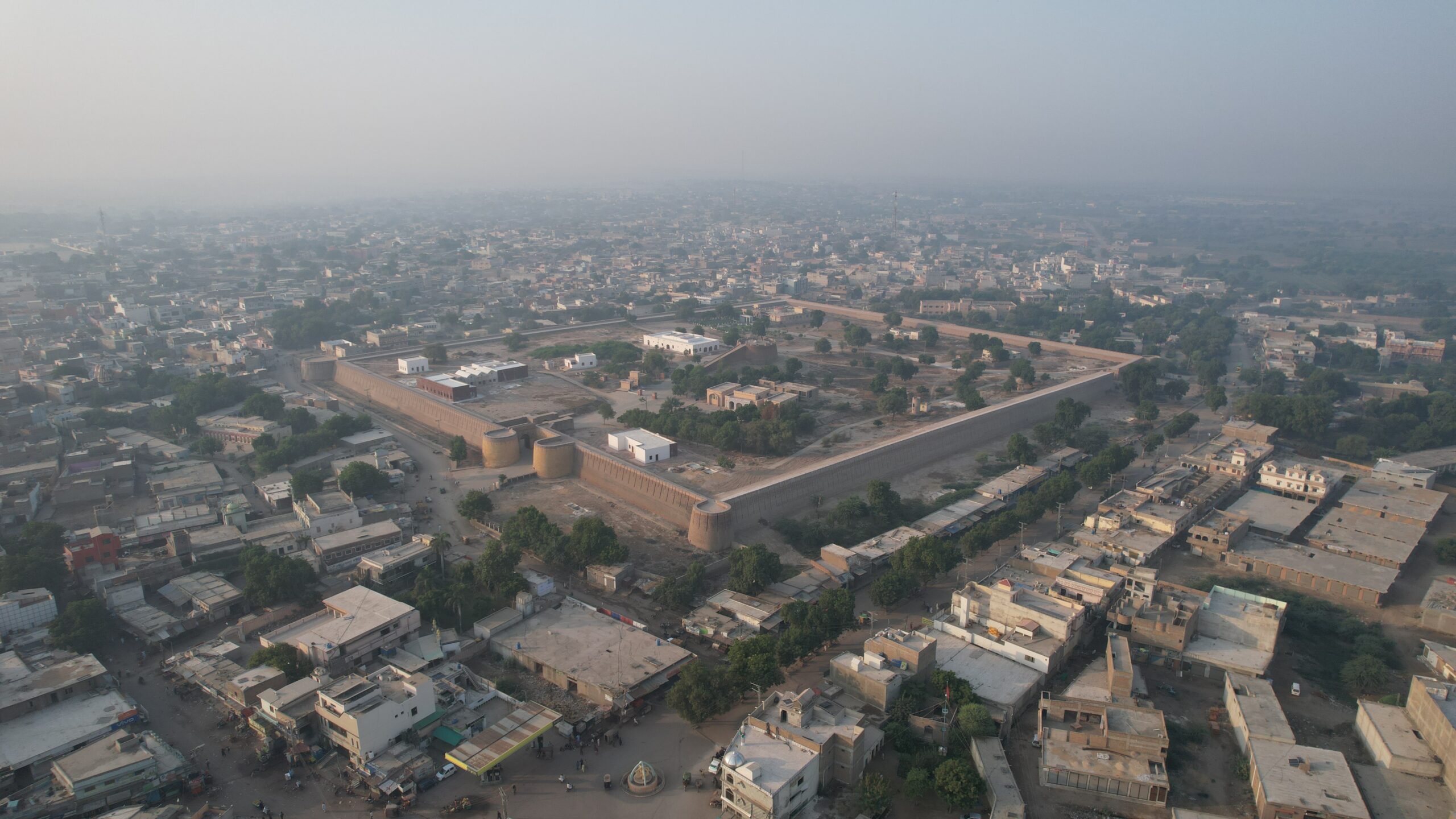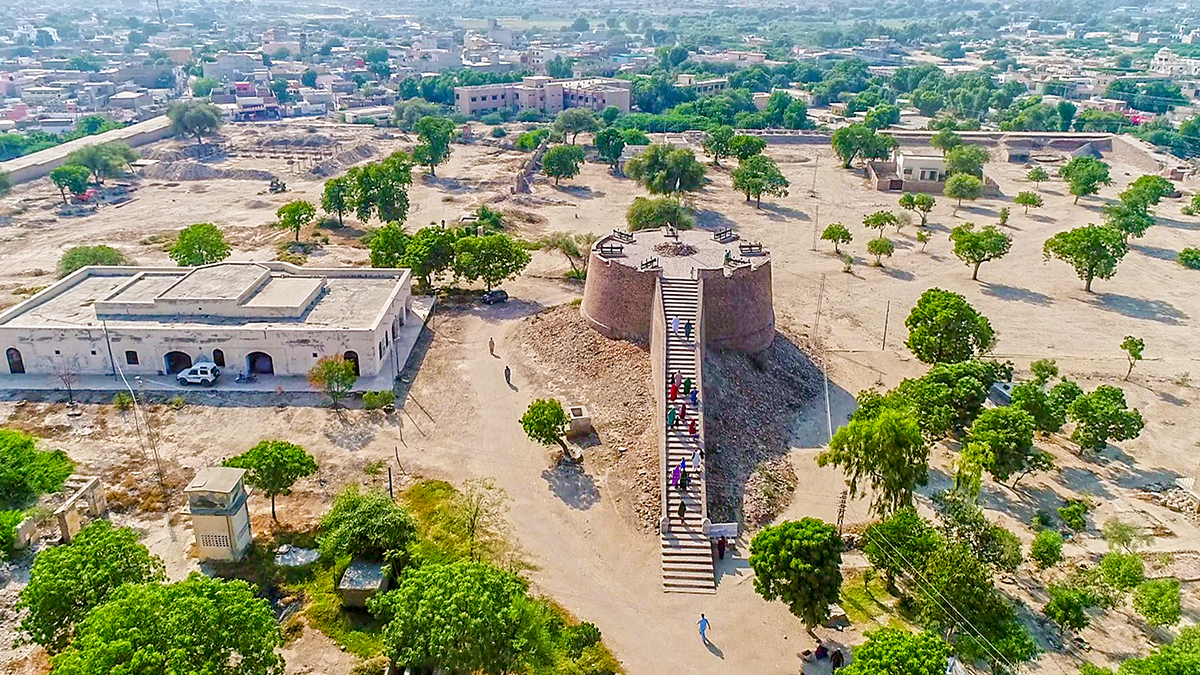
About the Umerkot
The Land of Heritage and History
Nestled in the heart of Sindh, Pakistan, Umerkot is a city brimming with cultural richness, ancient history, and timeless legends. Known historically as Amarkot, this city holds a significant place in the subcontinent’s heritage. It’s a place where myth intertwines with reality, where royal tales echo through the ruins, and where the desert wind still whispers stories of kings and warriors.
A Land of Legendary Origins
Umerkot’s very name is derived from a fascinating legend. It is said that the city was named after a local ruler, Umer Soomro, who fell deeply in love with Marvi, a simple village girl known for her loyalty and resistance. The tale of Umer and Marvi is a beloved Sindhi folktale, often recounted in poetry, song, and theatre. Marvi, despite being abducted by the king, stayed loyal to her homeland and values, becoming a symbol of patriotism and virtue in Sindhi literature.
This story is not just folklore in Umerkot—it is part of the city’s identity. The place where Marvi was imprisoned is still visited today, and the legend continues to inspire generations.
Birthplace of a Great Emperor
One of the most historically significant aspects of Umerkot is that it was the birthplace of the Mughal Emperor Akbar. In 1542, the exiled Emperor Humayun sought refuge in the court of the Hindu ruler of Umerkot, Rana Prasad. During this time, his wife Hamida Banu Begum gave birth to their son, who would later become one of the most prominent and tolerant rulers of the Indian subcontinent—Akbar the Great.
This incident symbolizes Umerkot’s historical multiculturalism and interfaith harmony. The Hindu ruler providing refuge to a Muslim emperor is a powerful example of the coexistence and hospitality that defined this region long before the concept of partition was even imagined.
Umerkot Fort: Guardian of Time
Umerkot Fort stands tall as a sentinel of the past. Originally built by the rulers of the Soomra or Samma dynasties and later reconstructed during the Mughal era, the fort is a captivating structure. Made of baked bricks and local materials, it has withstood the test of time and weathered the harsh desert climate.
Visitors walking through the fort can feel the deep resonance of history. Its massive gates, thick walls, and old watchtowers speak volumes about the city’s strategic and political importance during ancient and medieval times. The fort houses various artifacts and a small museum, which showcases weapons, traditional Sindhi handicrafts, and historical documents.
Despite centuries of change, the Umerkot Fort remains a symbol of resilience, strength, and the architectural prowess of ancient builders.
Cultural Vibrancy in the Desert
Umerkot is situated on the edge of the Thar Desert, which gives it a unique geographic character. The sandy plains and rolling dunes not only create a dramatic landscape but also influence the lifestyle and culture of the people. The region's population includes a blend of Sindhi Muslims and Hindus, Rajputs, and various tribal communities, each contributing to the colorful tapestry of traditions.
Local festivals are a major part of Umerkot’s cultural life. Melas (fairs) are held throughout the year, particularly during the harvest season. These festivals are a celebration of life and resilience in the face of the harsh desert environment. Traditional Sindhi music, dance, and food dominate the scene. The vibrant attire worn by women, adorned with mirror work and embroidery, adds splashes of color against the earthy tones of the land.
Artisans in Umerkot are known for their skilled work in embroidery, pottery, and woodcraft. Their creations often reflect stories from folklore and religious themes, showcasing the deep-rooted artistic heritage of the region.
Agriculture and the Economy
Despite being close to the desert, Umerkot's economy is surprisingly diverse. Agriculture is the mainstay of the local population, with crops like cotton, millet, and guar being widely cultivated. With the aid of canal irrigation, the land supports farming, although water scarcity remains a challenge, especially in the drier seasons.
Livestock is another significant part of the economy. Camel herding is a traditional occupation in the region. Camels are not just animals of burden here—they are symbols of pride, endurance, and adaptation. In rural Umerkot, camel races and camel-decorating competitions are common features of local festivities.
In recent years, the city has also seen development in trade and small-scale industries. The proximity to Tharparkar has given rise to increased inter-district business activity. Handicrafts, wool products, and local foods are increasingly being marketed beyond the region.
Religious Harmony and Temples
One of the most heartening aspects of Umerkot is the peaceful coexistence of different religious communities. Unlike many regions marred by sectarian strife, Umerkot has traditionally been a place where Hindus and Muslims live together in mutual respect. Temples and mosques often stand side by side.
The famous Shri Shiv Mandir in Umerkot is a spiritual center for Hindus, especially during Maha Shivratri, when thousands of devotees visit from across Pakistan. The temple's architecture and serene ambiance make it not only a place of worship but also a cultural and historical landmark.
This interfaith harmony is a legacy of centuries of shared culture, trade, and values. The spirit of tolerance that existed in Akbar’s time still lingers in the streets and hearts of the people of Umerkot.
Challenges and Hope for the Future
Like many other districts in rural Pakistan, Umerkot faces its share of challenges. Infrastructure development has been slow, and many areas still lack adequate access to clean water, healthcare, and education. Desertification, climate change, and water scarcity are also pressing concerns.
However, the people of Umerkot are resilient. Community-led initiatives, NGO support, and government programs are working to improve basic services. Education, especially for girls, is slowly gaining importance among the newer generation. More young people are now being encouraged to pursue higher education and professional careers.
Tourism is another untapped potential. With its rich history, cultural diversity, and architectural heritage, Umerkot can become a significant tourist destination if properly promoted and preserved.
Conclusion
Umerkot is more than just a city—it is a storybook of Sindh’s past and a canvas for its future. From ancient legends and Mughal emperors to its enduring forts and festive spirit, Umerkot offers a glimpse into a world where history and culture walk hand in hand. It is a place where the desert sings of love, loyalty, and legacy.
As Pakistan moves forward, preserving the heritage and promoting the unique identity of places like Umerkot becomes not just a cultural duty, but a bridge to understanding the mosaic of traditions that define the nation.
Address: 9P3Q+W4W, Umarkot, Pakistan
